1. Basic Requirements for Strong Acid Level Measurement
Liquid level measurement refers to determining the position of a liquid in a storage tank, container, or pipeline relative to a reference point. For highly corrosive acids such as nitric acid (HNO₃), hydrochloric acid (HCl), and sulfuric acid (H₂SO₄), the key measurement requirements include:
Safety: The selected level instruments must have excellent corrosion resistance due to the extreme corrosiveness of these acids.
Accuracy: Ensuring precise measurement of acid levels in storage tanks and reactors is essential for smooth industrial operations.
Real-time Monitoring: Continuous monitoring is crucial in industrial production to adjust parameters in real-time and prevent accidents.
To meet these requirements, different principles and technologies are used in level measurement instruments. The choice of instrument depends on the specific application environment and measurement needs.
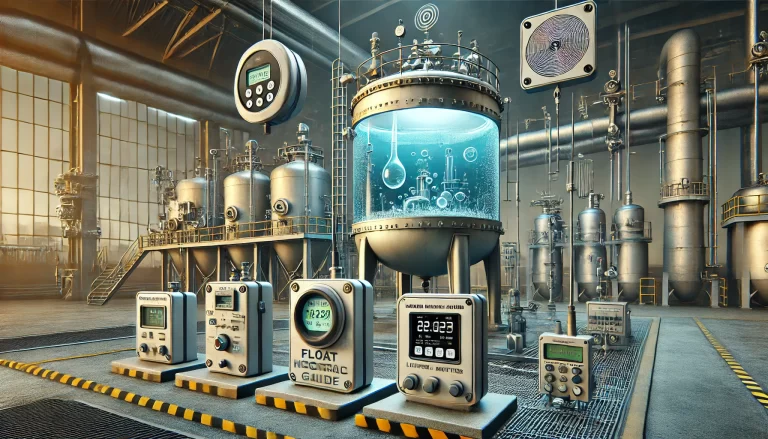
2. Common Level Measurement Instruments for Strong Acids
Liquid level instruments can be categorized based on their measurement principles. Below are some of the most suitable instruments for measuring nitric acid, hydrochloric acid, and sulfuric acid:
2.1 Float Level Gauge
The float level gauge is a traditional and widely used instrument that utilizes the buoyancy effect to move a float up and down with liquid levels. The float’s displacement reflects the liquid height.
Advantages:
Simple structure, easy maintenance.
Suitable for various liquids, including strong acids.
Can be designed with corrosion-resistant coatings.
Disadvantages:
The float comes into direct contact with the liquid, requiring highly corrosion-resistant materials.
The movement mechanism may degrade over time due to acid exposure.
Application & Material Consideration:
To prevent corrosion, PTFE (Polytetrafluoroethylene), epoxy coatings, or specialized stainless steel (e.g., Hastelloy or titanium alloys) can be used for the float and contact components.
Suitable for moderate-precision applications in storage tanks and process vessels.
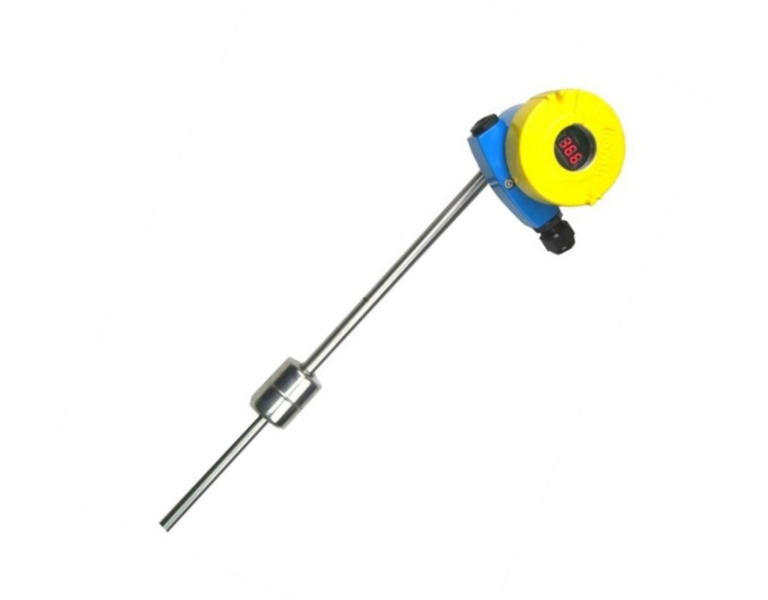
2.2 Radar Level Transmitter
The radar level transmitter is a non-contact instrument that uses microwave signals to measure liquid levels. It works by emitting a radar wave that reflects off the liquid surface and measures the time delay to determine the level.
Advantages:
Non-contact measurement, preventing direct exposure to corrosive acids.
Works well in extreme conditions, including high temperature, pressure, and vapor-rich environments.
High precision and long service life.
Disadvantages:
Higher cost compared to traditional level gauges.
Requires proper calibration for optimal accuracy.
Application & Material Consideration:
The antenna and external housing must be made of PTFE or PVDF (Polyvinylidene fluoride) to withstand strong acids.
Ideal for chemical processing plants, large storage tanks, and aggressive environments.
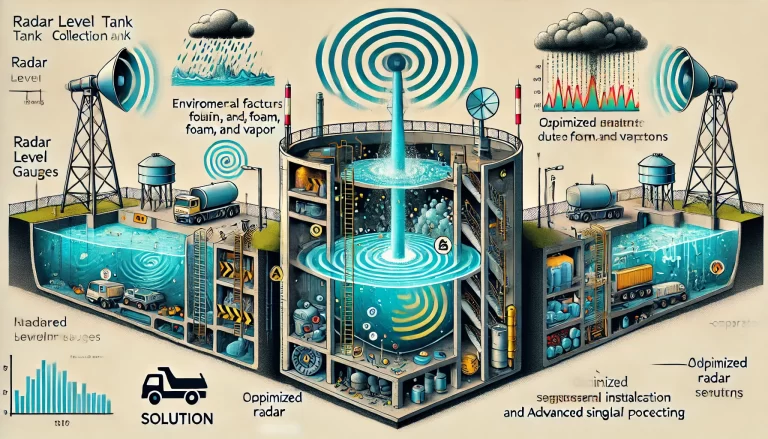
2.3 Ultrasonic Level Meter
The ultrasonic level meter measures levels by sending ultrasonic waves toward the liquid surface and calculating the level based on the reflected signal’s travel time.
Advantages:
Non-contact measurement, avoiding direct exposure to corrosive acids.
Works well in high-temperature and high-pressure environments.
Relatively cost-effective compared to radar level transmitters.
Disadvantages:
Accuracy may be affected by liquid surface turbulence, vapor, or foam formation.
Less reliable in environments with high gas interference.
Application & Material Consideration:
The sensor should be coated with PTFE or PVDF for enhanced durability in corrosive environments.
Well-suited for open tanks, chemical reactors, and industrial storage applications.
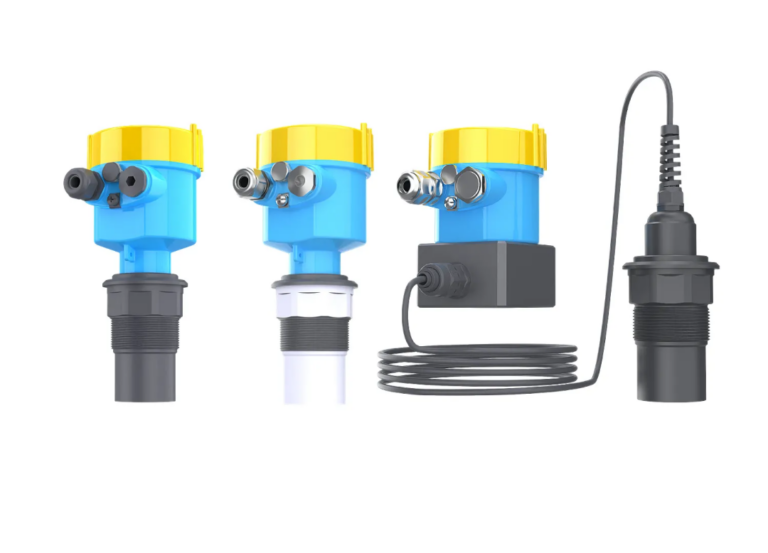
2.4 Tuning Fork Level Switch
The tuning fork level switch is based on vibration resonance technology. When immersed in liquid, the fork’s vibration frequency changes, signaling a level change.
Advantages:
Simple structure with no moving parts, reducing maintenance needs.
Highly reliable for level detection and alarm applications.
Works well in highly corrosive and hazardous environments.
Disadvantages:
May be affected by foam, vapor, or solid deposits in the liquid.
Not suitable for continuous level monitoring—primarily used for point-level detection.
Application & Material Consideration:
Contact materials must be corrosion-resistant, such as Hastelloy, titanium, or PTFE-coated stainless steel.
Used in chemical storage tanks and industrial alarms for overfill protection.
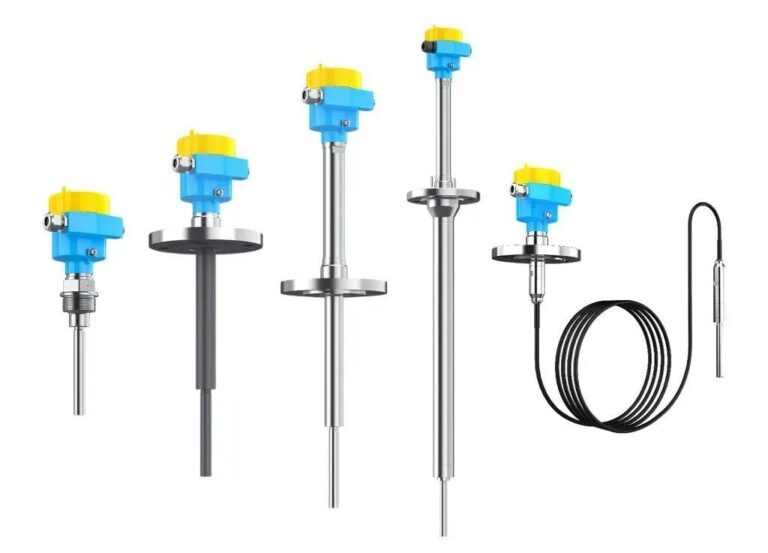
3. Choosing the Right Level Instrument
Key Selection Factors:
| Criteria | Recommended Instrument | Remarks |
|---|---|---|
| Corrosion Resistance | Radar / Ultrasonic / Tuning Fork | Non-contact instruments reduce exposure. |
| Extreme Conditions | Radar Level Transmitter | Works in high temperature & pressure. |
| High Accuracy | Radar / Ultrasonic | Radar offers the best precision. |
| Budget-Friendly | Ultrasonic / Float Gauge | Cost-effective for basic applications. |
| Point-Level Detection | Tuning Fork Level Switch | Ideal for high/low-level alarms. |
Corrosion Resistance: Since nitric acid, hydrochloric acid, and sulfuric acid are extremely corrosive, all contact materials must be acid-resistant, such as Hastelloy, titanium, PTFE, or PVDF coatings.
Environmental Conditions: High-temperature and high-pressure environments require more robust solutions, with radar being the best choice.
Installation Space: Some level meters require more space, while others, like tuning fork switches, are compact and ideal for small containers.
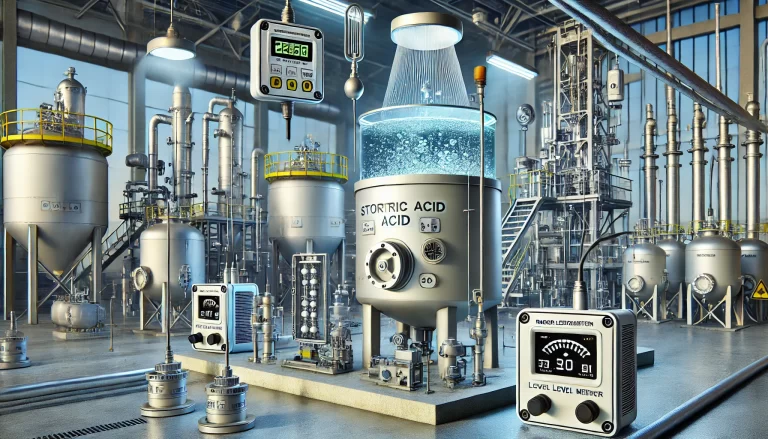
4. Conclusion
The measurement of nitric acid, hydrochloric acid, and sulfuric acid requires specialized level instruments designed for highly corrosive environments. The most suitable instruments include:
Radar Level Transmitters (for high precision, extreme conditions, and long-term reliability).
Ultrasonic Level Meters (for cost-effective, non-contact measurement in tanks and reactors).
Float Level Gauges (for simple applications where corrosion-resistant materials can be used).
Tuning Fork Level Switches (for reliable point-level detection and alarm systems).
By selecting the right instrument with suitable corrosion-resistant materials (such as PTFE, PVDF, Hastelloy, or titanium), industries can ensure long-term reliability, safety, and efficiency in handling strong acids.
